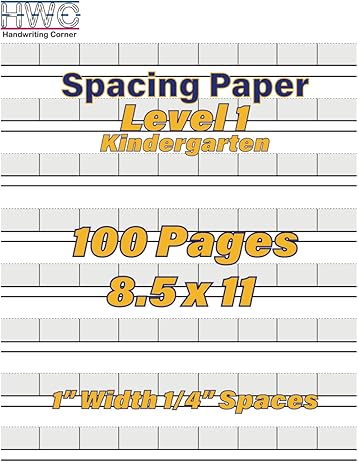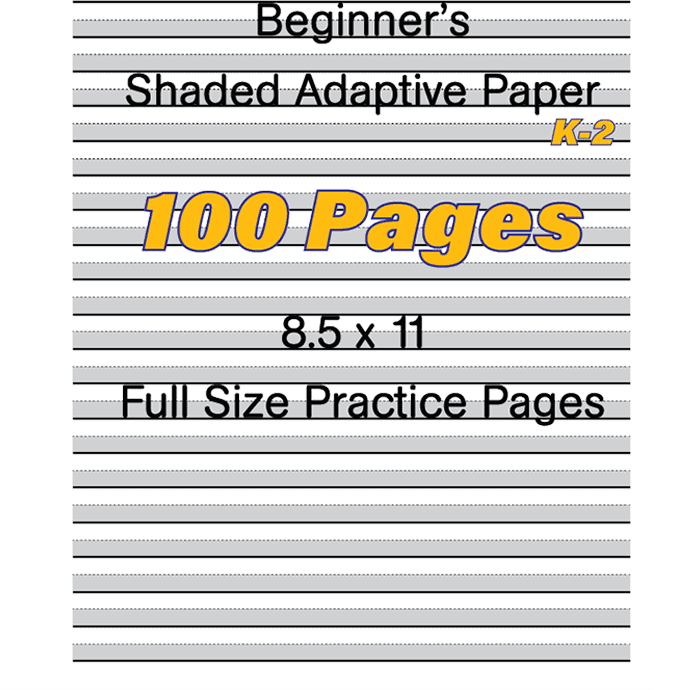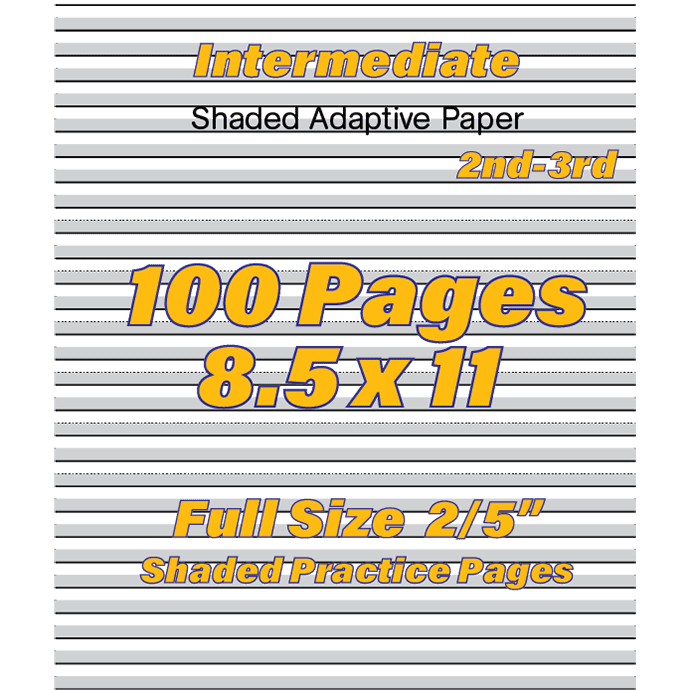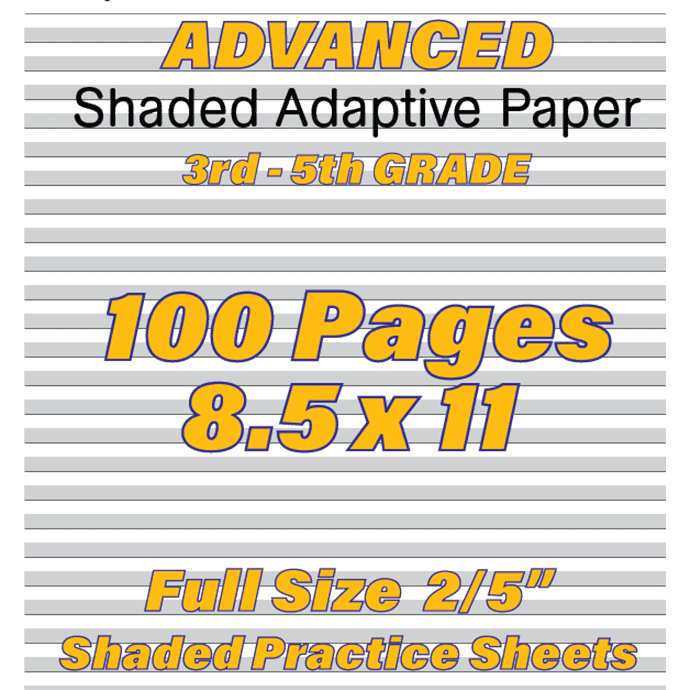
Teaching handwriting to people with dysgraphia can be challenging because this neurological disorder affects fine motor skills and written expression. However, with the right strategies, you can help both children and adults improve their handwriting and build confidence. In a previous post we talked about the impact of Dysgraphia, Dyspraxia, and Autism on handwriting. In this post, we’ll explore ten essential tips for teaching handwriting with dysgraphia to support learners of all ages.
Understanding Handwriting With Dysgraphia
Dysgraphia makes it difficult to form letters, maintain proper spacing, and write legibly. It can also cause fatigue, frustration, and a lack of confidence in writing assignments. By tailoring your teaching methods to address these challenges, you can make handwriting more accessible and enjoyable for people with dysgraphia.
10 Tips for Teaching Handwriting With Dysgraphia
1. Use Assistive Tools
Provide pencil grips, weighted pens, or ergonomic writing tools to improve control and reduce hand strain. Experiment with different tools to find what works best for the individual.
2. Incorporate Multisensory Activities
Engage multiple senses by practicing letter formation in sand, shaving cream, or clay. These activities help reinforce muscle memory and make handwriting practice more engaging.
3. Focus on Fine Motor Skills
Strengthen hand muscles with activities like squeezing stress balls, threading beads, or pinching clothespins. Improved fine motor skills can lead to better control during writing tasks.
4. Provide Structured Paper
Use lined or graph paper to guide letter placement and spacing. Raised-line paper can also help individuals feel where letters should begin and end.

Sponsored: This is a direct link to our HWC Adaptive Spacing Paper on Amazon.
Our Handwriting Corner Adaptive Spacing Paper is specialty structured paper designed to help learners with dysgraphia, dyspraxia and autism write clearly and confidently!
We receive a small commission on sales of our handwriting products which allow us to keep this site completely free.
5. Teach Cursive Writing
Cursive can be easier for some individuals with dysgraphia because it involves continuous motion rather than lifting the pen after each letter. Introduce cursive as an alternative to print writing.
6. Break Writing Tasks into Steps
Simplify complex tasks by breaking them into smaller steps. For example, focus on forming one letter at a time before progressing to words or sentences.
7. Provide Extra Time
Allow additional time for handwriting tasks to reduce pressure and frustration. This accommodation is especially important during tests or timed assignments.
8. Encourage Typing
Introduce touch-typing as an alternative to handwriting. Typing reduces the physical strain of writing and allows individuals to focus on content rather than letter formation.
9. Offer Positive Reinforcement
Celebrate small successes to build confidence and motivation. Focus on progress rather than perfection to encourage continued effort.
10. Adapt the Environment
Minimize distractions and create a comfortable workspace with proper lighting and seating. A supportive environment helps individuals concentrate on their handwriting practice.
Why These Tips Matter
Handwriting with dysgraphia requires patience, understanding, and tailored strategies. By addressing the unique challenges of dysgraphia, you can help students develop clearer, more confident handwriting while reducing frustration.
Supporting Learners with Dysgraphia
Whether you’re teaching a child or an adult, these tips provide a foundation for improving handwriting skills while fostering self-esteem. Remember that every individual is different—what works for one person may not work for another, so be flexible in your approach.
At Handwriting Corner, we’re committed to helping everyone achieve their best writing potential. With these strategies for handwriting with dysgraphia, you can empower students of all ages to overcome challenges and succeed.
Sponsored: Our Handwriting Corner Adaptive Shaded Paper is specialty structured paper designed to help learners with dysgraphia write clearly and confidently!
We receive a small commission on sales of our handwriting products which allow us to keep this site completely free.


